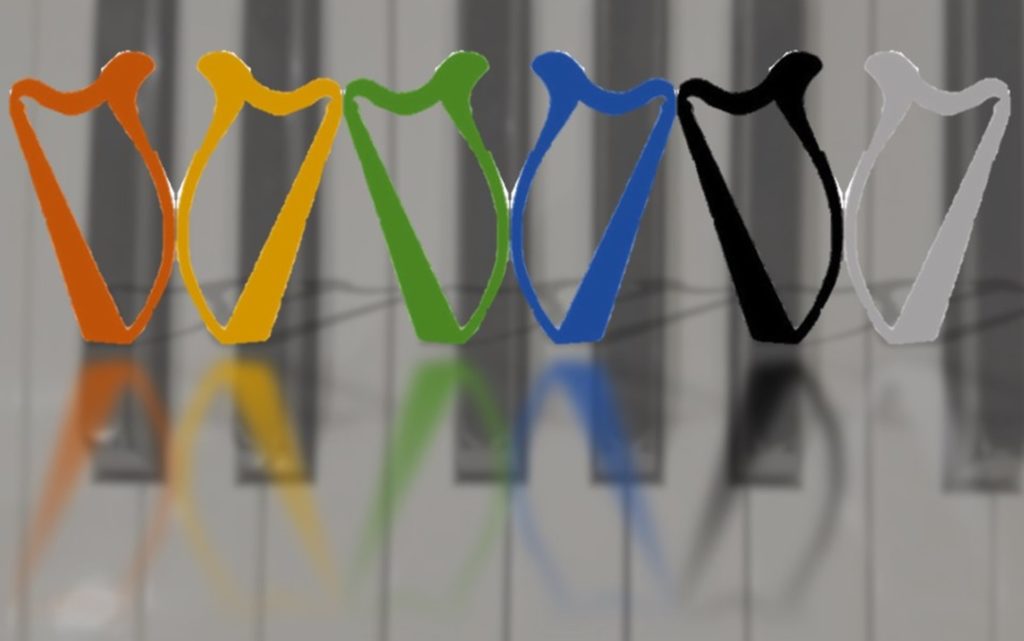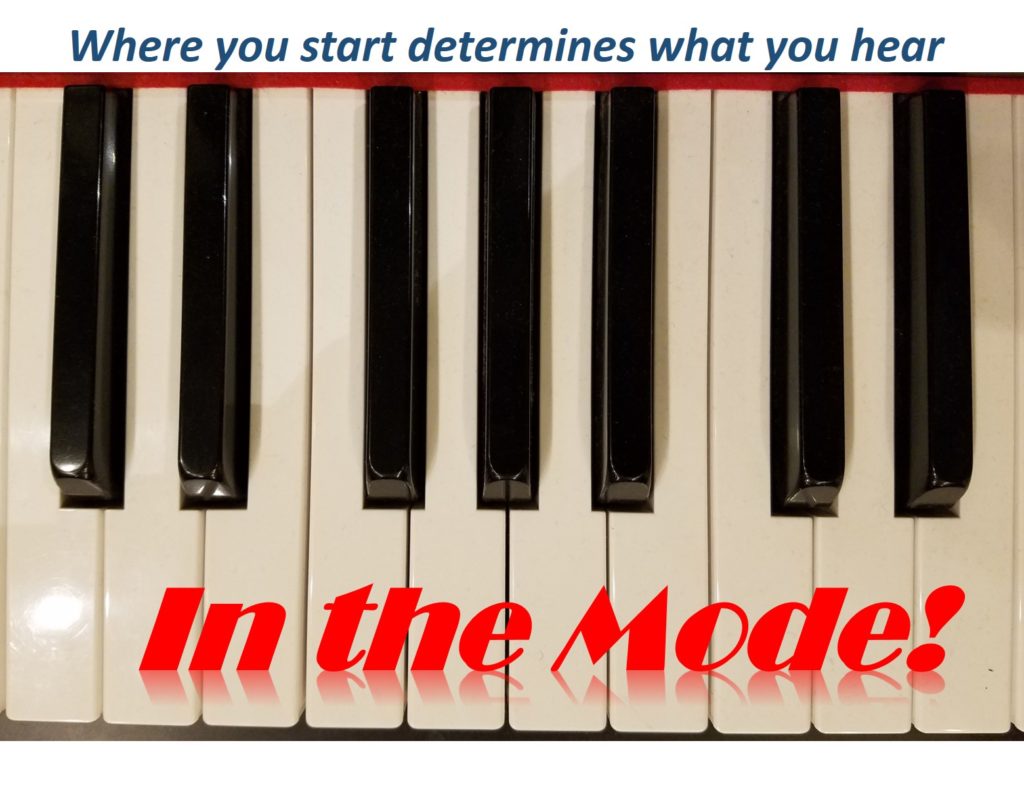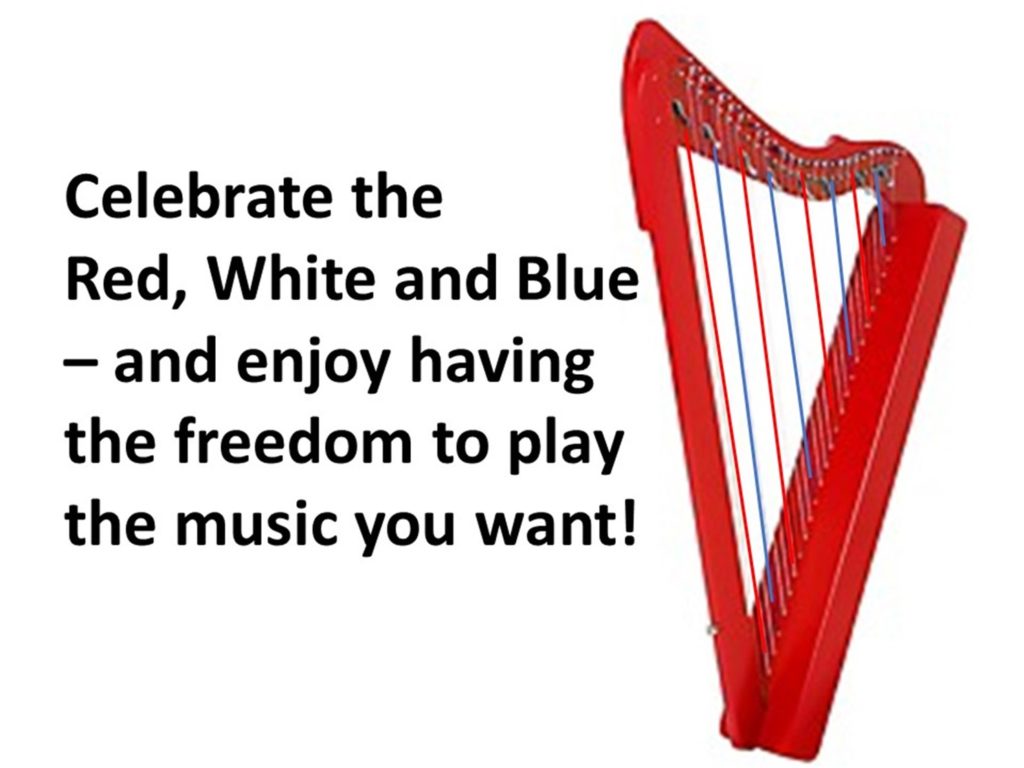So, now you know that the minor scale is related to the major scale in that it uses the same notes but starts instead on the sixth. And you know, from your playing, that the minor scale is used a great deal. Although in modern western music the minor scale is considered dark, sad, lamenting, etc. earlier in western civilization the scale was considered happy. Things change.
The minor scale remains a very useful convention. But what you might not know is that one of the things that the minor brings is diversity – there are a number of minor scales. Yikes! But with a little bit of explanation, you’ll soon understand (and be able to use) the different types of minor scales.
First, there are different minors! And there are terms that can be confusing. But once you get the lay of the land, you’ll be able to participate in those high-falutin’ music conversations with anyone!
 There are the relative minor, the natural minor, the parallel minor, the harmonic minor, and the melodic minor. First off, it’s not as complicated as it sounds. Sort of like the Future Perfect Continuous Conditional verb tense – it sounds terrifying but you use it all the time (I would have been practicing…). Like last week, now, we’re just learning the formalized rules. So, here we go! We’ll work from C major (again, because with no sharps or flats, it’s easy to see and write).
There are the relative minor, the natural minor, the parallel minor, the harmonic minor, and the melodic minor. First off, it’s not as complicated as it sounds. Sort of like the Future Perfect Continuous Conditional verb tense – it sounds terrifying but you use it all the time (I would have been practicing…). Like last week, now, we’re just learning the formalized rules. So, here we go! We’ll work from C major (again, because with no sharps or flats, it’s easy to see and write).
Relative minor. On the harp this is the easy one. Start at the root of the major scale and walk your way to the sixth of the scale. If you’re lazy (and flexible), you’ll just go down three (in our example, from the C go down to the A) and start the scale from there (of course, you can also go up to the a above and start there). Because you’re clever, you’ve already figured out that this is the Aeolian scale that we talked about last week. The intervals in this scale are: W(whole), H (half), W, W, H, W, and W and the notes of the scale are A, B, C, D, E, F, and G. This is also referred to as the Natural minor.
Parallel minor. This minor scale is “parallel” because it starts on the same note as major scale in consideration. In our C example, the parallel minor starts on C – so you can already see that something else will have to change – we are going to have to engage some levers. The intervals in this scale are W, H, W, W, H, W, and W, while the notes of the scale are: C, D, E♭, F, G, A♭, and B♭. You’ll see that the key signature has three flats. Let’s think that one through. That means that this is the relative minor of E♭!
Harmonic minor. This scale is close to, but different from, the relative (or natural) minor. In this scale you raise the 7th up ½ step. The intervals are W, H,W, W, H, W+H, H (you can see the “big jump” going to the raised 7th). In our example working from the C major scale, the notes become A, B, C, D, E, F, and G#. This scale allows you develop some delicious harmonies when you use it to build up the chords for the scale.
Melodic minor. Ok, there’s no way to dress this one up – it’s a little bit challenging to understand and to remember because going up the scale is different than coming down! Except when it doesn’t. It is often expressed that for the melodic minor, on the way up the scale the 6th and 7th are raised. But on the way down, scale goes back to “normal” (with the 6th and 7th lowered). In this case the intervals are W, H, W, W, W, W, and H on the way up and W, W, H, W, W, H, and W on the way down. For the A minor scale, the notes would be A, B, C, D, E, F#, G# on the way up and on the way down, the scale is A, G, F, E, D, C, and B (you’ll see that it goes back to the natural minor). Of course, some of the weird comes because sometimes the scale is the same up and down. You might hear that this is a jazz scale – and it is, but it is also quite present in classical music as well. In addition, you might find that sometimes this scale is played the same in both directions. I told you it was a bit challenging.
Play with these scales. Really give them a working through so that you can find what you like and what you think you can use. The diversity in these versions of the minor scale will give you plenty to work with as you work through tunes and as you develop arrangements – you’ll be delighted with the things you find!


